Behavior during tests
Prevalence of Nervousness:
More than half of students (50.7%) report feeling nervous on test day, which, together with the 7.8% who feel very nervous, highlights a clear pattern of anxiety. This data indicates that emotional preparation and stress management are critical aspects for students during tests.
Emotional Impact:
Only 16.4% of students rated themselves as “confident” or “very confident,” suggesting that most students are facing significant emotional challenges right now. This could indicate an opportunity to provide resources that can help boost students’ confidence before exams, such as content focused on last-minute review or tips on emotional control.
How do students know they did well on the test?
Reliance on Official Answer Key (54%):
More than half of respondents rely on the official answer key to check their performance, showing a high level of trust in information provided directly by the institution. This suggests that most students wait for this definitive result to assess their performance.
Uso do Gabarito Preliminar (44.8%):
Quase metade dos alunos também se utiliza do gabarito preliminar para uma avaliação inicial. Isso sugere que muitos querem uma correção rápida e estão dispostos a verificar os resultados antes do oficial.
Engagement with Post-Test Lives (38.7%):
Post-test live sessions are a significant practice among students, with 38.7% using them. This indicates an opportunity for Medway to reinforce this format, possibly by offering its own live sessions or encouraging live discussions.
After the test, what do you actually do?
Analysis of Successes and Mistakes (37.5%):
Most students are concerned with analyzing their successes and mistakes as a strategy for continuous improvement. This suggests that many are committed to learning from their mistakes and identifying gaps in knowledge to improve their performance on future tests.
Taking a Break Before Resuming Studies (34.7%):
A large proportion prefer to take a break before returning to studying. This behavior reflects the need for mental rest after a stressful period of exams, which may indicate that students value a balance between effort and rest.
Relaxation (19.8%):
Almost a fifth of students prefer to relax for a while before thinking about upcoming exams. This suggests that for some, it is important to disconnect and recharge before embarking on another study cycle.
Immediate Study (7.3%):
A small percentage begin studying immediately for upcoming exams, suggesting a highly dedicated group with a continued focus on preparation. This group could benefit from immediate post-exam support, such as quick insights into next steps.
What is the most valuable feature for the template?
Overall Results by Ranking:
Personalized study recommendations based on your mistakes (2.6 average):
30% (113 respondents) ranked this as the most valuable feature.
24% ranked it as the 2nd most valuable feature.
9% or less ranked it as the last.
Guidelines to prepare for upcoming exams (3.14 average):
23% ranked it as the most valuable feature.
The majority of respondents (over 50%) ranked it between 2nd and 4th.
Detailed correction based on the official preliminary answer key (3.14 average):
While only 17% ranked it #1, the majority ranked it in their top three.
25% ranked it #3, showing that it is still a high-value feature for many.
Early correction made by Medway teachers (3.32 average):
24% of students ranked this feature as the top choice, highlighting their interest in getting early feedback before the official answer sheet.
Ratings vary, but students still see value in getting quick, early corrections.
Suggestions on how to appeal specific issues (4.17 average):
26% ranked this feature 6th, indicating that it has the least perceived value.
Only 9% saw it as the most important feature.
Comparison of your performance with other students (4.63 average):
44% rated this feature as the least valuable, indicating that comparison between students is not a priority for most.
Only 5% rated it as the most valuable feature.








